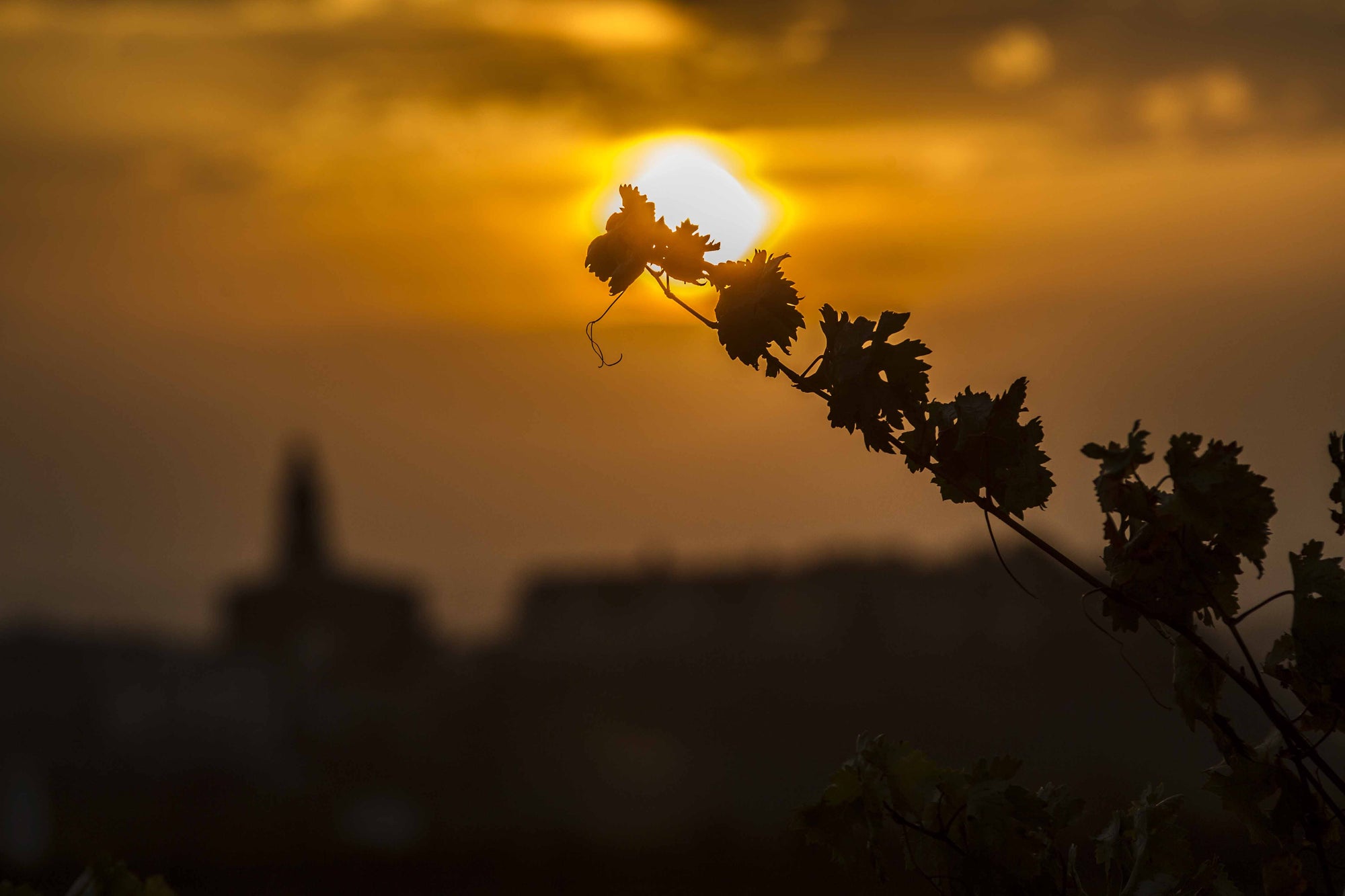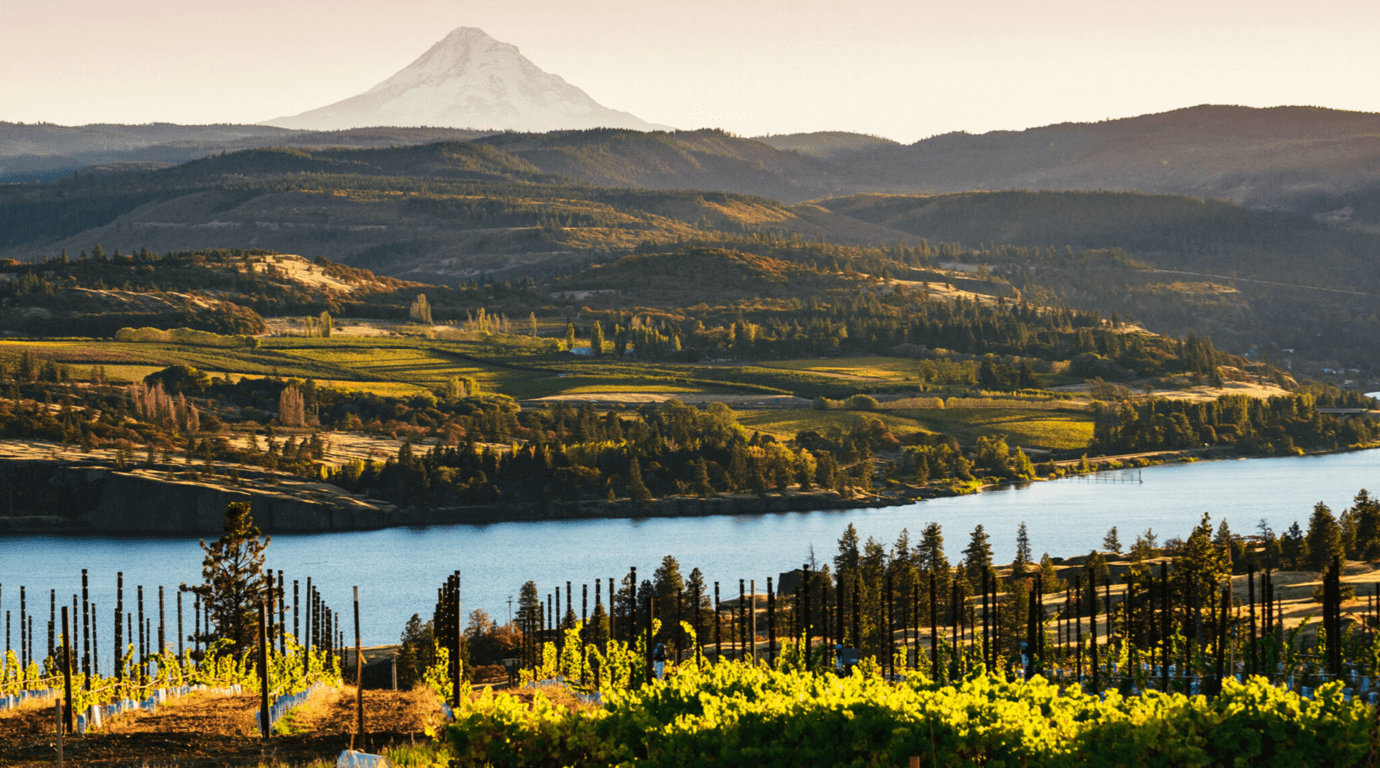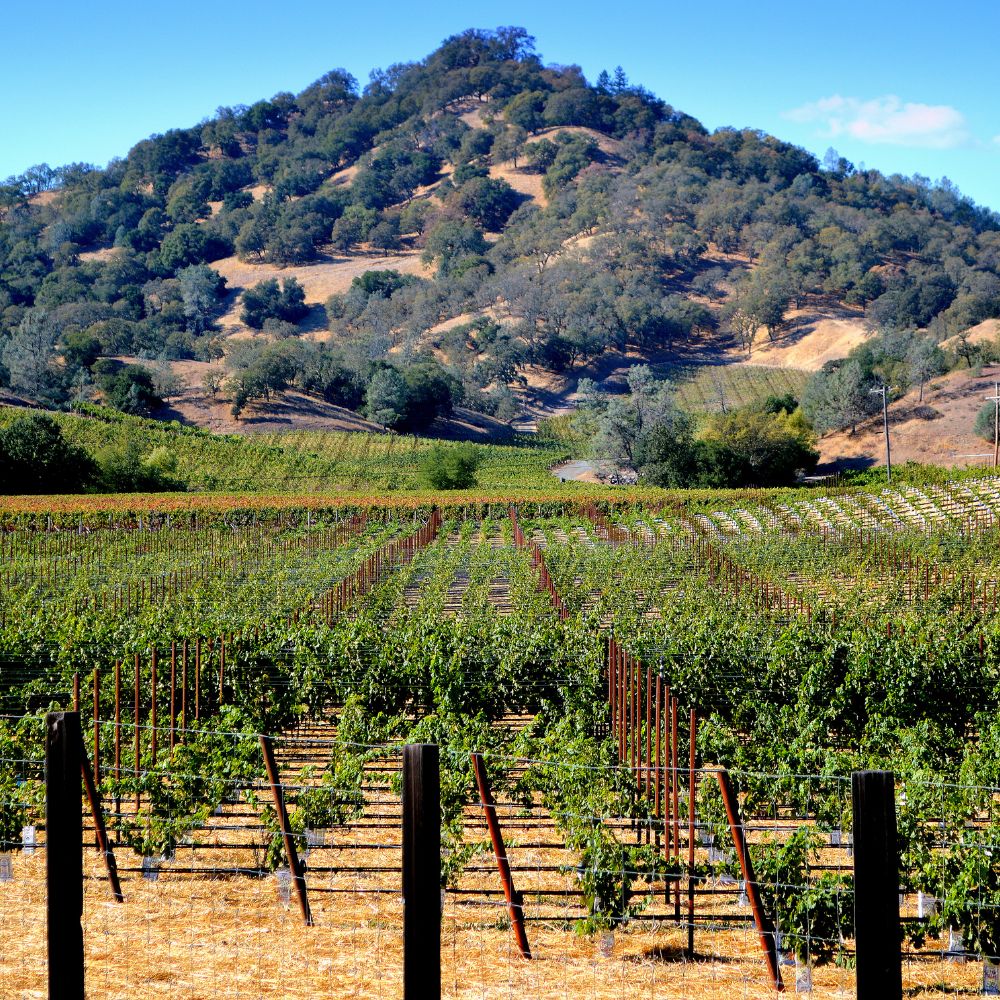A world-famous wine region, beloved of the Brits, whose wines have a venerable history, stellar ageing ability and a surprising capacity for innovation.
Rioja as we would recognise it dates back to the mid-19th century when Bordeaux wine merchants, short of wine in the aftermath of Phylloxera’s devastation of their own vineyards, headed south over the Pyrenees to Rioja in search of replacement supplies. The newly-built train line from Haro in the west of Rioja to Bilbao’s port allowed easy shipping to Bordeaux.
The wine was naturally shipped in barrels - but until then there had been no history of ageing Rioja’s wines in wood - bizarre as that must seem to us now.
While the traditional classic classification of quality in Rioja depends entirely on time spent aging in barrel (and they still have to be barriques -same capacity as Bordeaux) and in bottle before release, more recent additions to the rules reflect the modern tendency to describe wines by the village or vineyard from which they originate .
Why the changes?
Historically almost all Rioja was a blend of grapes from across the region rather like Champagne- so any kind of classification based on place would have been impossible.
Many younger producers prefer to bottle wines from a single vineyard, plot or village and want the character of the place recognised on the label.
The main grapes here are Tempranillo, Garnacha (Grenache), Mazuelo and Graciano for the reds and Viura, Garnacha Blanca, Malvasia and Tempranillo Blanco for the Whites.

Rioja’s traditional classification has 4 categories each denoting mandatory ageing requirements:
Cosecha – a pale green logo on the back label – denotes a younger wine that may have no time at all in oak or more likely just a few months in barrel meaning it won’t qualify as a Crianza
Crianza – a bright red logo on the back label -denotes a wine which must be aged for a minimum of 12 months in oak and a further 12 months in bottle before release
Reserva – a burgundy coloured logo on the back label -denotes a wine which must have a minimum of 3 years ageing of which I year minimum must be in oak before release
Gran Reserva – Usually only made in great vintages and with the best grapes -this has a navy-blue logo on the back-label denoting minimum ageing of 5 years of which 2 years minimum must be in oak.
In practice many of the best traditional producers regularly exceed these minimums.
Long ageing in wood and regular racking (moving the maturing wines from barrel by gravity leaving the sediment behind each time) gives a wine with that wonderfully silky texture and harmony of fruit and oak flavour we so love. Releasing these wines only when they are ready to drink makes them all the better value -little wonder our love affair with Rioja is so long-standing.
Here are a couple of my favourites which I recommend you to try:
Urbina Gran Reserva Especial 1994
A fantastic example of mature Rioja from a legendary vintage 1994 -one of the best 3 in the last thirty years. Urbina is a family owned bodega located west of Haro in the coolest spot in Rioja. Their classic wines are benchmarks of the traditional style with long ageing beyond the mandatory periods and extraordinary ageing capacity. The wine starts its ageing with 3 months in French oak followed by a longer period in American oak.
Definitely decant and expect complex aromas of soft leather, sweet spice and red fruit , a whiff of mushroom and dried tea leaf and a balsamic note Nebbiolo lovers will recognise , with beautifully integrated fruit and oak on the palate, fresh acidity and a silky texture.
Pair with slow cooked milk fed lamb -cordero lechal - the local favourite -or beef wellington .
Bodegas Montecillo 2010 Gran Reserva 22 Barricas
A beautifully constructed more modern style of Gran Reserva from a very old bodega restored to great form a decade ago.
The wine is a blend of Tempranillo with Graciano, Garnacha and Mazuelo from 40-year-old vines aged for 32 months in French oak. It’s a dark, more generously rich wine with velvety texture, the complexity deriving from the blend of grapes and the slower influence of the more tightly grained French oak in which it matures.
Decant 2 hours before drinking to allow the wine to develop.
This more powerful style will pair with a Rib Eye, Sirloin or duck breast.
When compared with top level wines from the rest of the world Rioja offers outstanding value and should never be overlooked!






